ASM Metals HandBook Vol. 8 - Mechanical Testing and Evaluation
Подождите немного. Документ загружается.


concentrated on understanding bearing friction, the important findings covering the mechanism of lubrication
were profound.
These empirical findings, combined with the theory of fluid-film lubrication developed by Osborne Reynolds
(Ref 9), have provided much of the understanding of what is required to successfully operate and test plain
bearings working today. Unlike rolling bearings, sliding bearings went from simple journal bearings to a variety
of designs of journal bearings and thrust bearings with various tilting pads, pivoted pads, and other thrust
bearing designs made with a wide range of bearing materials, such as tin- or lead-based babbit, porous bronze,
Teflon (E.I. DuPont de Nemours & Co., Inc., Wilmington, DE) fabric, and reinforced Teflon (i.e., a wide range
of material aimed for specific applications and performance). In addition, the operating fluid for these bearings,
depending on design, can be oil, grease, or gas, or the bearings can run when completely dry (Ref 16, 17).
References cited in this section
1. T.A. Harris, Friction and Wear of Rolling-Element Bearings, Friction, Lubrication, and Wear
Technology, Vol 18, ASM Handbook, ASM International, 1992, p 499
9. O. Reynolds, On the Theory of Lubrication and Its Application to Mr. Beauchamp Tower's
Experiments, Including an Experimental Determination of the Viscosity of Olive Oil, Philos. Trans. R.
Soc., 177, 1886, p 157–234
12. G. Hirn, Sur les principaux Phénomènes qui présentent les frottements médiats, Bull. Soc. ind Mulhouse,
Vol 26, 1854, p 188–277
13. R.H. Thurston, A Treatise on Friction and Lost Work on Machinery and Millwork, 7th ed., Wiley, 1885,
1903
14. N.P. Petrov, Friction in Machines and the Effect of the Lubricant, Inzh. Zh., St. Petersb., 1883, (1) 71–
140, (2) 227–79, (3) 377–436, (4) 533–64
15. B. Tower, Second Report on Friction Experiments (Experiments on the Oil Pressure in a Bearing), Proc.
Inst. Mech. Eng., Jan 1885, p 58–70
16. E.R. Booser,Rolling vs Sliding Bearings, Product Eng., McGraw Hill, 1964, p 731
17. G.R. Kingsbury, Friction and Wear of Sliding Bearing Materials,Friction, Lubrication, and Wear
Technology, Vol 18, ASM Handbook, ASM International, 1992, p 741–757
Testing of Bearings
Charles A. Moyer, The Timken Company (Retired)
Role of Lubrication
One area of importance to both bearing types (fluid film and rolling contact) is the relationship of the operating
oil film thickness between the contacting surfaces to bearing performance as this relates to the coefficient of
friction or expected length of life. For plain bearings, the variation in operating conditions within the contact is
often expressed by the Stribeck curve as illustrated in Fig. 1. As shown, the variation in coefficient of friction
(μ) is related to the Sommerfeld number that ranges from 0.001 to over 1.0, going from left to right in Fig. 1.
The lubricant condition goes from boundary (minimal film) to mixed- to full-film lubrication, also going left to
right in Fig. 1, indicating how the actual oil film relates to μ.
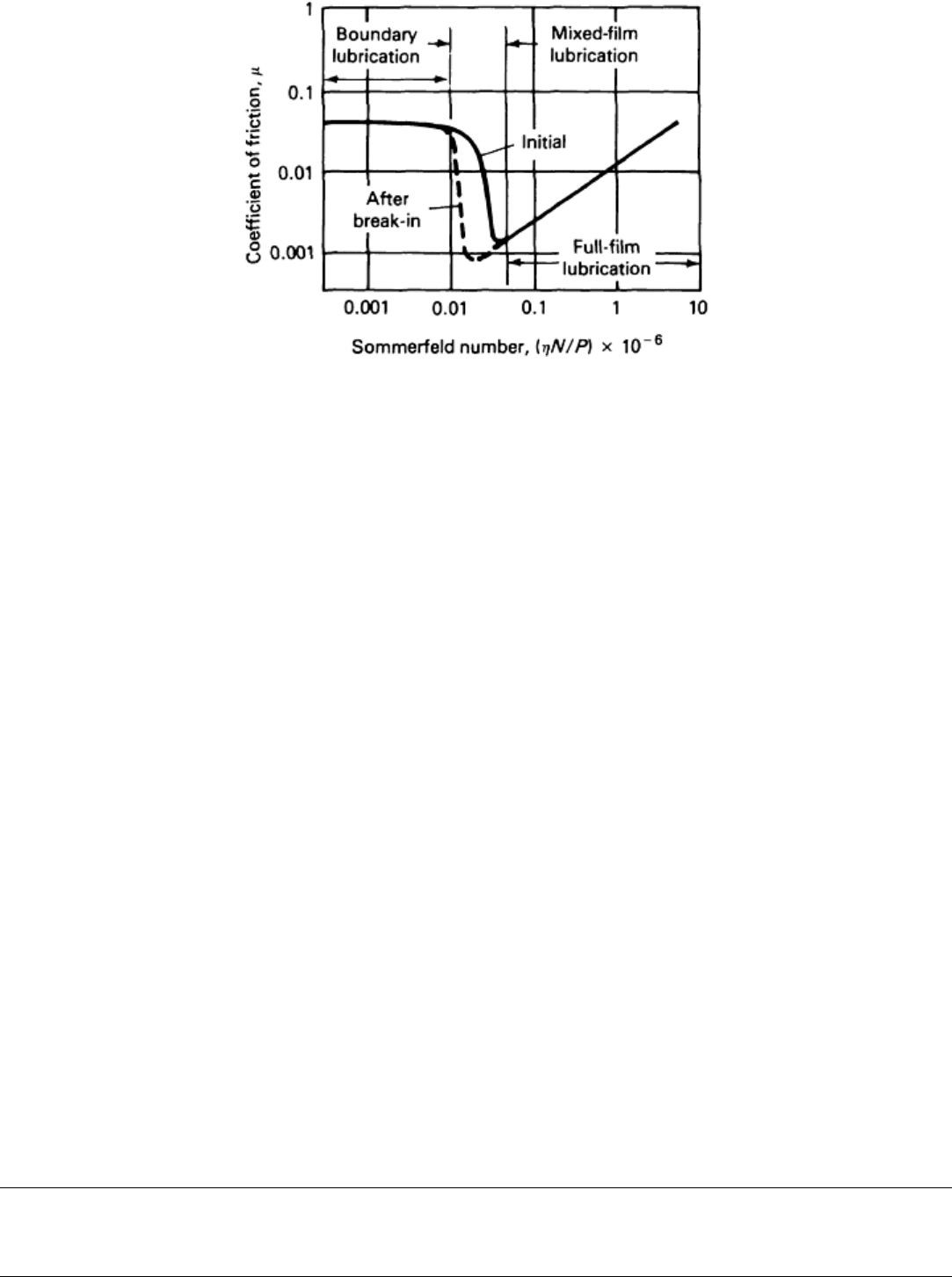
Fig. 1 Stribeck curve of coefficient of friction versus Sommerfeld number, S, where S = ηN/P. N, shaft
speed; P, average pressure between shaft and bearing due to applied load; η, lubricant viscosity. Source:
Ref 2
For rolling bearings, the variation in operating conditions is related to the minimum oil film thickness between
the rolling surfaces by dividing the film thickness by the composite asperity height of the moving surfaces. This
ratio, known as lambda, or η, gives an estimate of the actual operating conditions based on the lubricant
condition of boundary, mixed- to full-film separation as shown in Fig. 1. Rather than Sommerfeld numbers, the
curve for rolling bearings is expressed in η values. These are, going from right to left, above 1.0 (full lubricant
film) to just under 1.0 (mixed film or intermittent contact) to η much less than 1.00, perhaps down to 0.05
(continuous contact of the two surfaces). The shape of the curve for η versus is somewhat the same as shown in
Fig. 1, but for η versus rolling bearing relative life, the curve drops down toward the thinner film, boundary
lubrication section, and the rise on the left of Fig. 1 does not occur (an example of η versus relative life can be
found in Ref 4, p 558). Such curves appear in many tribology texts with considerable variation in shape.
Unfortunately, boundary lubrication can mean both minimal lubricating conditions and surface protection from
films formed by chemical reaction (that is, adsorption, chemisorption, or chemical reaction, along with reaction
with metal oxide films). Therefore, the appropriate η value that applies for contacting surfaces may need
minimum reactivity and comparisons with topographies, microstructures, and lubricants that are known. Thus,
η is very much used, but in reality, it may be only a general tool for estimating operating conditions for values
between 3.0 to approximately 0.05 (Ref 18) unless one fully understands the specifics of the lubricant, related
microstructures, and surface reactions that are part of a test.
References cited in this section
2. R. Pike and J.M. Conway-Jones, Friction and Wear of Sliding Bearings, Friction, Lubrication, and
Wear Technology, Vol 18, ASM Handbook, ASM International, 1992, p 515–521
4. D. Dowson, History of Tribology, 2nd ed., Professional Eng. Pub., Ltd., London, Edmunds, U.K., 1998
18. K.C. Ludema, Friction, Wear, Lubrication:A Textbook in Tribology, CRC Press, LLC, 1996, p 161–176
Testing of Bearings
Charles A. Moyer, The Timken Company (Retired)
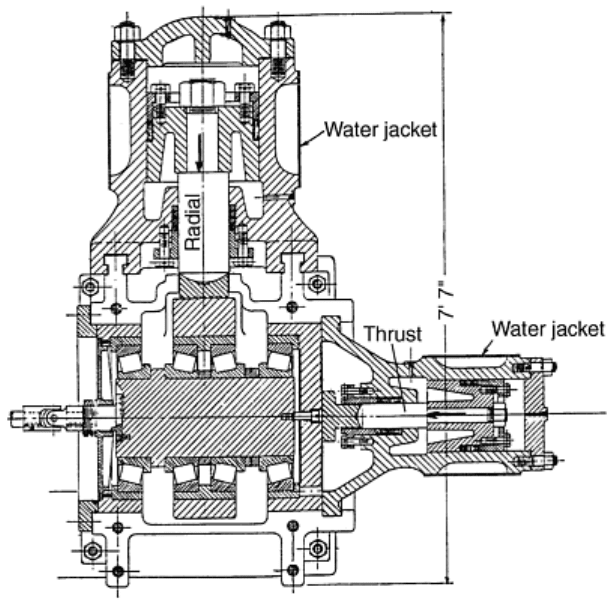
Testing of Rolling Bearings
From the 1910s to about 1945, bearing testing was primarily based on the use of test machines designed and
built by the bearing manufacturer and in some universities. Enough information developed in this time period
for a symposium on the testing of bearings (Ref 19). Thomas Barish covered fatigue test machines for ball and
roller bearings (Ref 20). The rigs described were primarily large machines for testing full-sized bearings. Fafnir
Bearing Company, The New Departure Division of General Motors, Marlin Rockwell Corporation, Timken
Roller Bearing Company, and Tinius Olsen Testing Machine Company were represented.
It was stated that ball and roller bearings were fatigue tested primarily for product improvement but also for
proposed changes in material, heat treatment, or mechanical limits. In the event of a field problem, specific tests
might have been run but under conditions that would reproduce the failure or problem in the field. Loads were
heavier than in service with the aim to reduce testing life to 100 to 500 h. Problems of increased deflection,
misalignment, machine wear, and special lubrication system requirements, such as to handle excessive heat
removal, were recognized. These considerations are still important and clearly more challenging than they were
over 50 years ago when the early machines were operating. Figures 2 and 3 show typical roller and ball test
machines from this era.
Fig. 2 Tapered roller bearing 24 in. radial and thrust load machine. Source: Ref 19
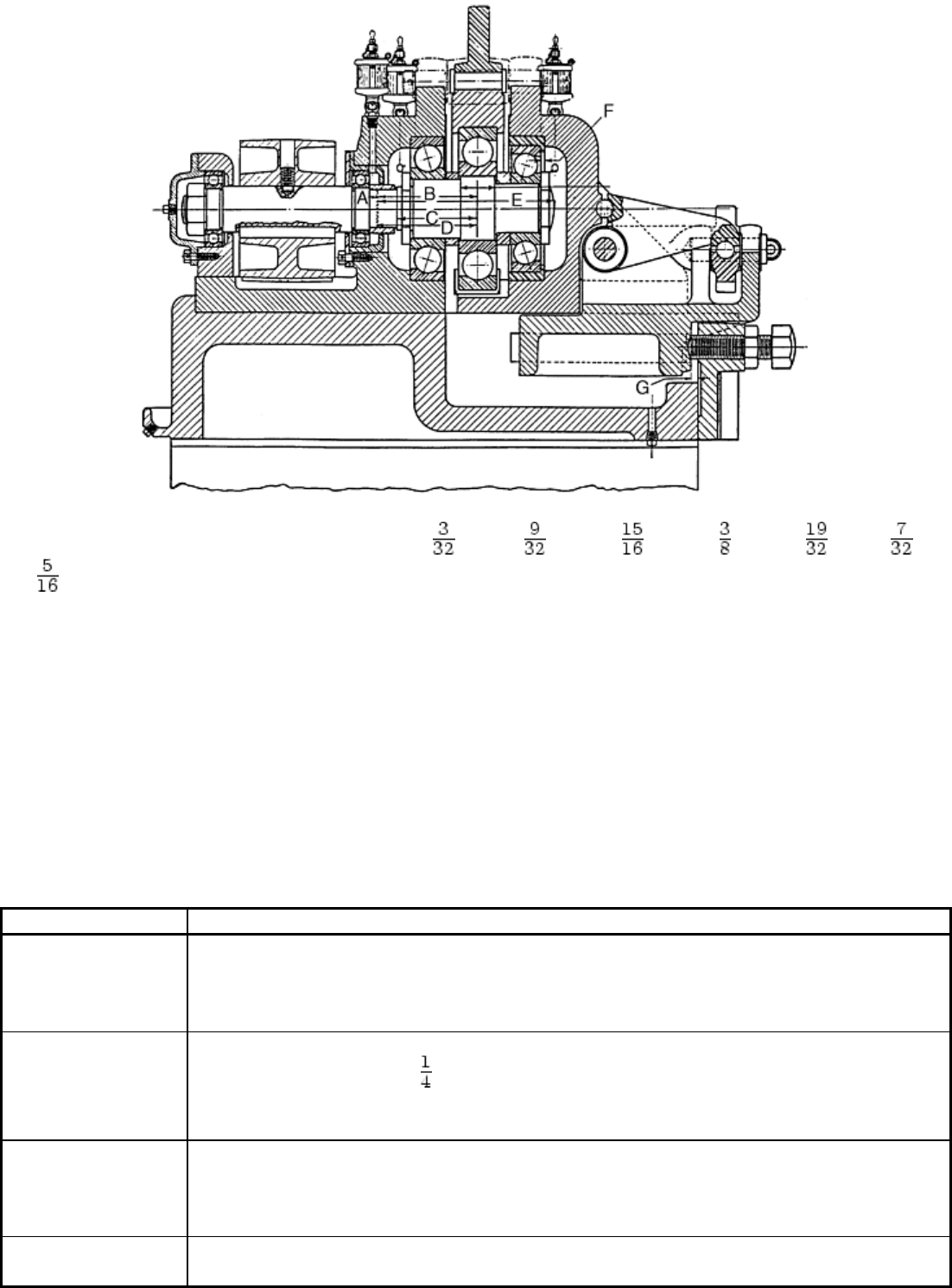
Fig. 3 Ball bearing combined load machine, A, in.; B, 4 in.; C, 3 in.; D, 4 in.; E, 7 in.; F, in.;
G, in. Source: Ref 19
Because of these problems and the extreme scatter in life when rolling bearings are tested, there have been
continuous attempts to find simpler test machines that can separately evaluate specific improvements. Such rigs
might assess the merits of cleaner steels, closer tolerances, levels of surface roughness, and even special
manufacturing processes or special design. Table 1 summarizes rolling contact fatigue (RCF) test methods that
ASTM published in STP 771 (Ref 22). The table represents the variety of element testing machines in which
balls only, balls against a flat washer, ball-rod combination, cylinder to ball, cylinder to cylinder, or ring against
ring have been developed. Numerous variations of all these machines are available commercially or are
specifically designed as one-of-a-kind units built for one purpose. Figures 4 5 6 7 8 9 10 11 12 13 14 illustrate
test rigs described in Table 1.
Table 1 Summary of rolling contact test methods
Method
Description
NASA five-ball
testing apparatus
(Fig. 4)
Four lower balls, freely rotating 90° apart in a separator; simulates the kinematics
of a thrust-loaded bearing; the contact angle can be varied; vibration sensor detects
failure in unattended tests; low- (cryo) and high-temperature testing (to 1000 °C, or
1830 °F). (Ref 22, p 5–45)
Flat-washer testing
apparatus (Fig. 5)
16 retained balls rolling in a circle on a flat washer with a 75 mm (3 in.) OD, 50 mm
(2 in.) bore, and 6.4 mm ( in.) thickness; 4.17 GPa (605 ksi) contact stress; 1500
rev/min; filtered lubricant delivery system; piezo sensor detects vibration. (Ref 22, p
46–66)
Unisteel testing
apparatus (Fig. 6)
Flat washer on retained balls; hanging dead-weight load; contact stress
approximately 4.5 GPa (650 ksi); 1500rev/min; drip feed of lubricant; vibration
detection system; thermocouples monitor temperature (typically 50–60 °C, or 120–
140 °F). (Ref 22, p 67–84)
Rolling contact
testing apparatus
Two hemispherically ground, toroidal rollers loaded against a round bar; 40:1 ratio
of roller diameter to bar diameter; 2.7–5.5 Gpa (390–880 ksi) contact stress; 12,500
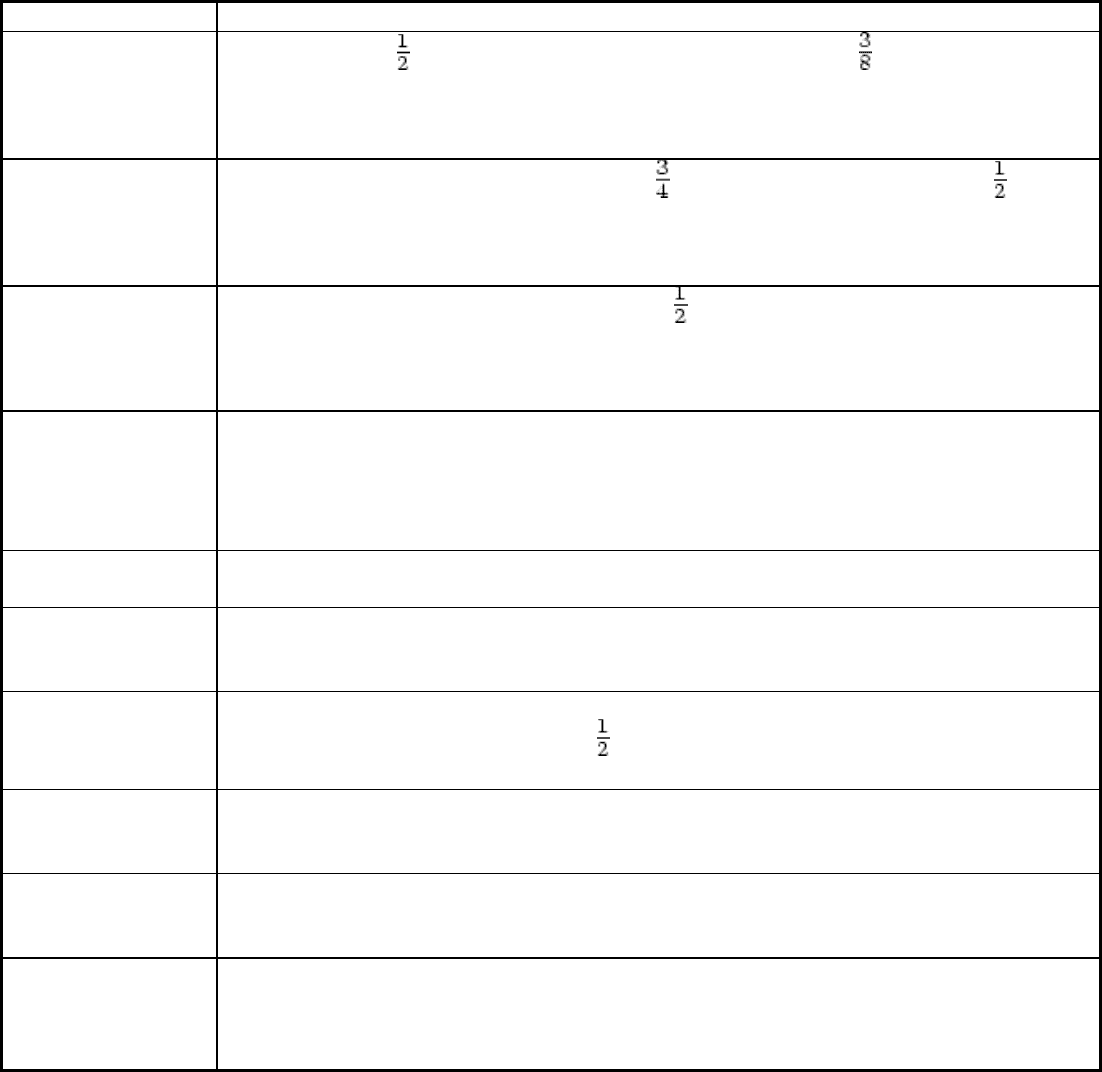
(Fig. 7)
rev/min; drip-feed lubrication; velocity-vibration sensor. (Ref 22, p 85–106)
Ball-rod testing
apparatus (Federal
Mogul) (Fig. 8)
Three 12.5 mm ( in.) balls loaded against a rotating 9.5 mm ( in.) OD center rod;
3600 rev/min; spring load on opposing tapered retaining rings; accelerometer
coupled with a shutdown device; drip-feed lubrication; stress per ball typically 6
GPa (870 ksi). (Ref 22, p 107–124)
Cylinder-to-ball
testing apparatus
(Fig. 9)
Symmetrical arrangement of two 19 mm ( in.) balls rolling on a 12.5 mm ( in.) OD
captive cylinder; coiled-spring load through a multiplying lever; small cylinder
rev/min = 22,677; splash lubrication; maximumcontact stress, 5.8 GPa (840 ksi).
(Ref 22, p 125–135)
Cylinder-to-
cylinder testing
apparatus (Fig. 10)
Symmetrical arrangement of two 12.5 mm ( in.) cylinders on two 20 mm (0.8 in.)
OD captive cylinders; coiled-spring load through a multiplying lever; small
cylinder, cpm = 20,400; splash lubrication; maximum contact stress less than 4.4
GPa (640 ksi); vibration sensor terminates test. (Ref 22, p 136–149)
Ring-on-ring
testing apparatus
(Fig. 11)
Crowned rings rolling on their peripheries; ring diameters of 50 and 53 mm (2 and
2.1 in.) provide no-slip” condition, but various degrees of slip are possible by
changing ring diameters; typically 2000 rev/min; contact ratio measured by
electrical resistance; contact stress range typically 0.98–3.9 GPa (140–570 ksi). (Ref
22, p 150–165)
Various types
See review article of rolling contact fatigue and full-scale bearing testers. (Ref 22, p
169–189)
Multiple bearing
testing apparatus
(Fig. 12)
Deep-groove ball bearing design; typically 3000 rev/min; four bearings on a single
center shaft; maximum contact stress,2.9 GPa (420 ksi); accelerometers on the outer
housing monitor failure. (Ref 22, p 206–218)
Rolling four-ball
testing apparatus
(Fig. 13)
Top ball drives three lower balls in a tetragonal arrangement; lower balls free to
rotate in the cup; all balls 12.5 mm ( in.) diam; upper ball spindle speed, 1500
rev/min; 5.9 kN (1325 lbf) load applied vertically. (Ref 22, p 219–236)
High-speed four-
ball testing
apparatus (Fig. 13)
Same arrangement as above, but speeds of 15,000–20,000 rev/min; operating
temperatures often exceed 100 °C (210 °F) (Plint machine). (Ref 22, p 219–236)
“AOL” vertical
testing apparatus
(not shown)
11 retained balls clamped between two flat washers; thrust load; recirculating
lubricant system. (Ref 22, p 219–236)
Inclined ball-on-
disk testing
apparatus (Fig.
14)
Spindle-held 20.5 mm (0.8 in.) ball rolling on a disk; up to 800 °C (1470 °F); ball
speed up to 7200 rev/min; disk speed up to 3600 rev/min; variable slide/roll ratios;
traction measurements; designed forceramics. (Ref 26)
OD,outside diameter.
Source: Ref 21
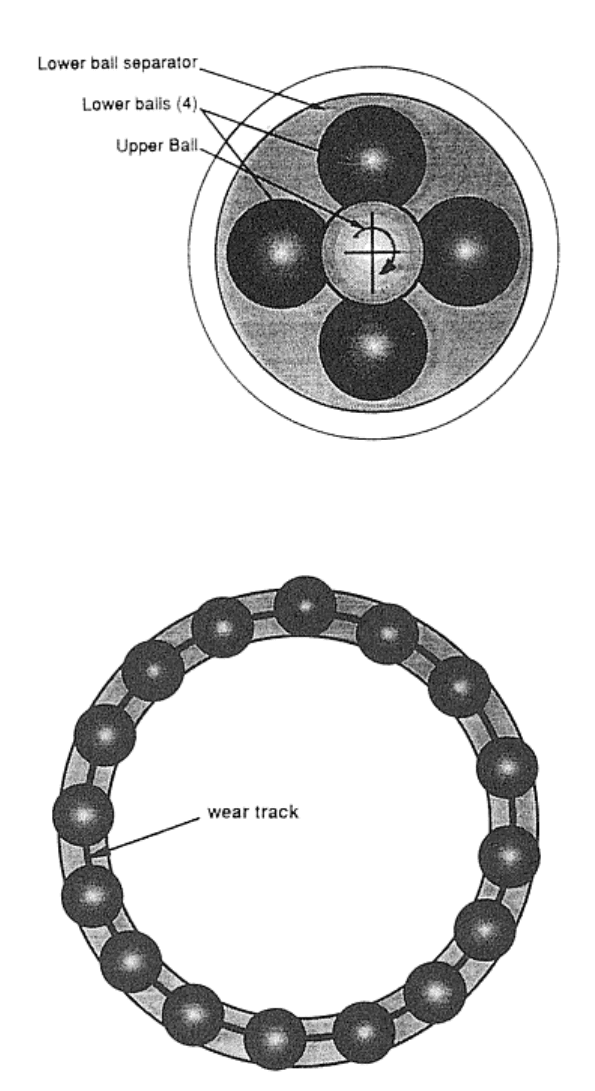
Fig. 4 NASA five-ball RCF testing apparatus. (See Table 1.) Source: Ref 22
Fig. 5 Flat washer RCF testing apparatus. (See Table 1.) Source: Ref 22
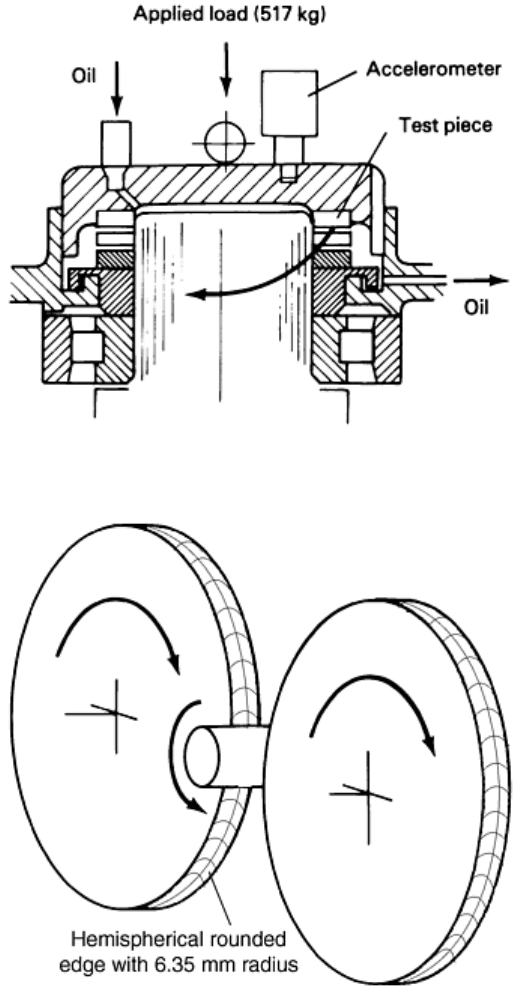
Fig. 6 Unisteel RCF testing apparatus. (See Table 1.) Source: Ref 22
Fig. 7 Rolling contact testing apparatus. (See Table 1.) Source: Ref 22
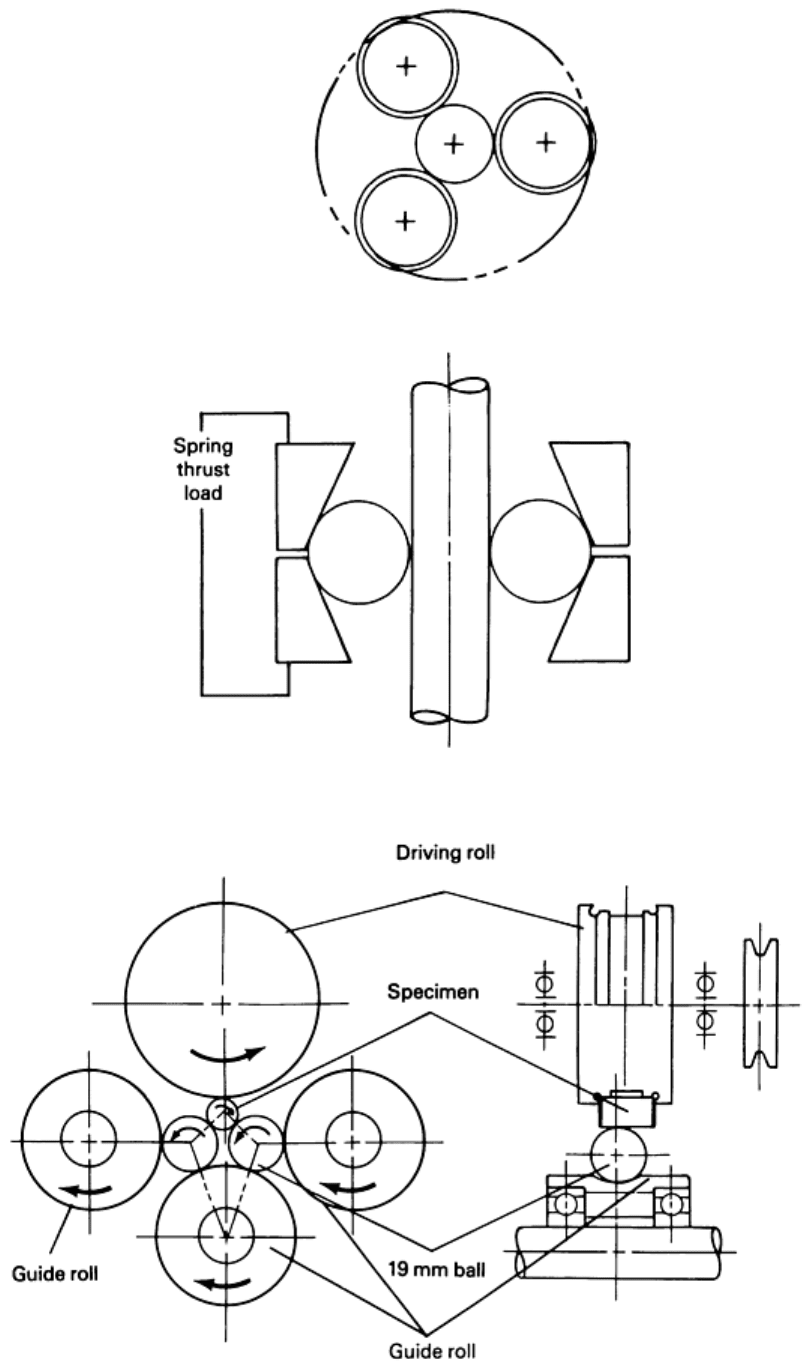
Fig. 8 Ball-rod RCF testing apparatus. (See Table 1.) Source: Ref 22
Fig. 9 Cylinder-to-ball RCF testing apparatus. (See Table 1.) Source: Ref 22
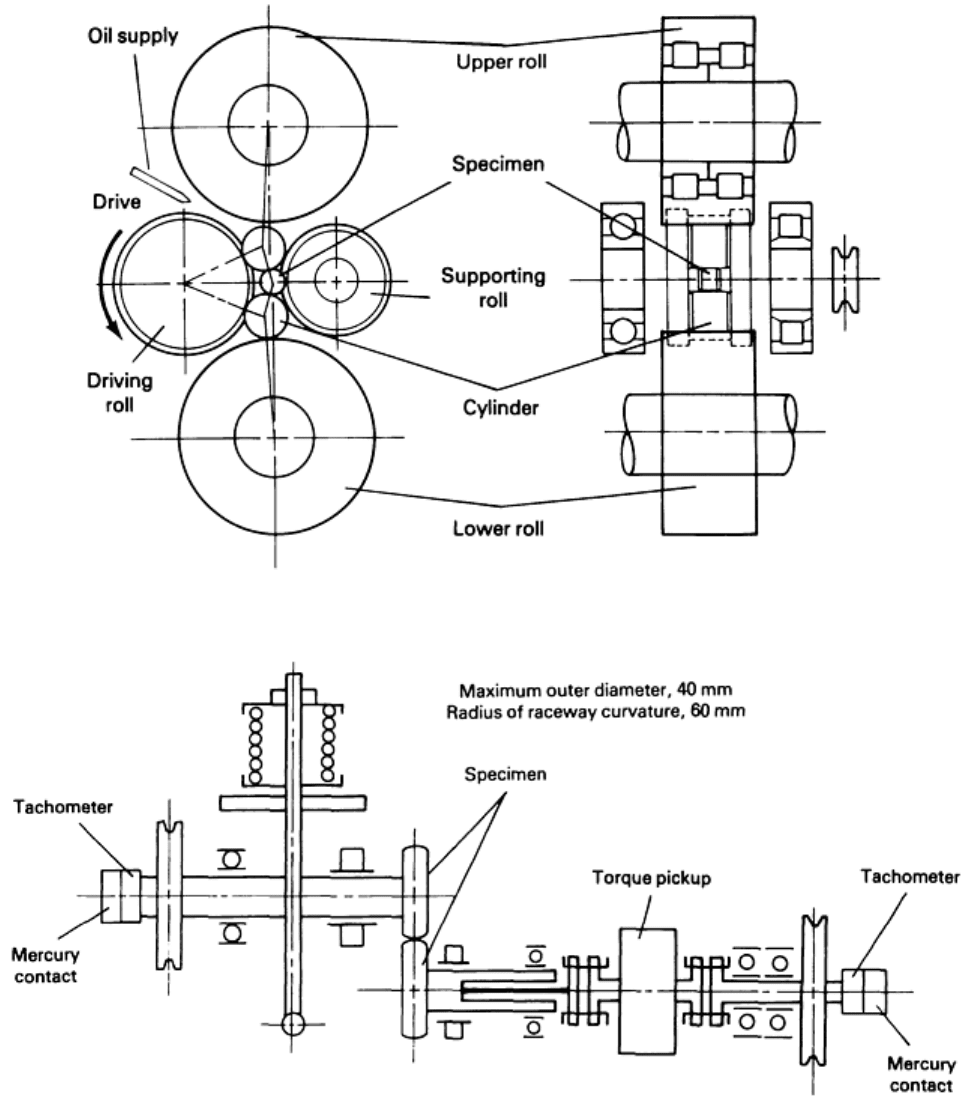
Fig. 10 Cylinder-to-cylinder testing apparatus. (See Table 1.) Source: Ref 22
Fig. 11 Ring-on-ring RCF testing apparatus. (See Table 1.) Source: Ref 22

Fig. 12 Four-bearing RCF test rig smaller than those shown in Fig. 2 and 3. (See Table 1.) Source: Ref 22
